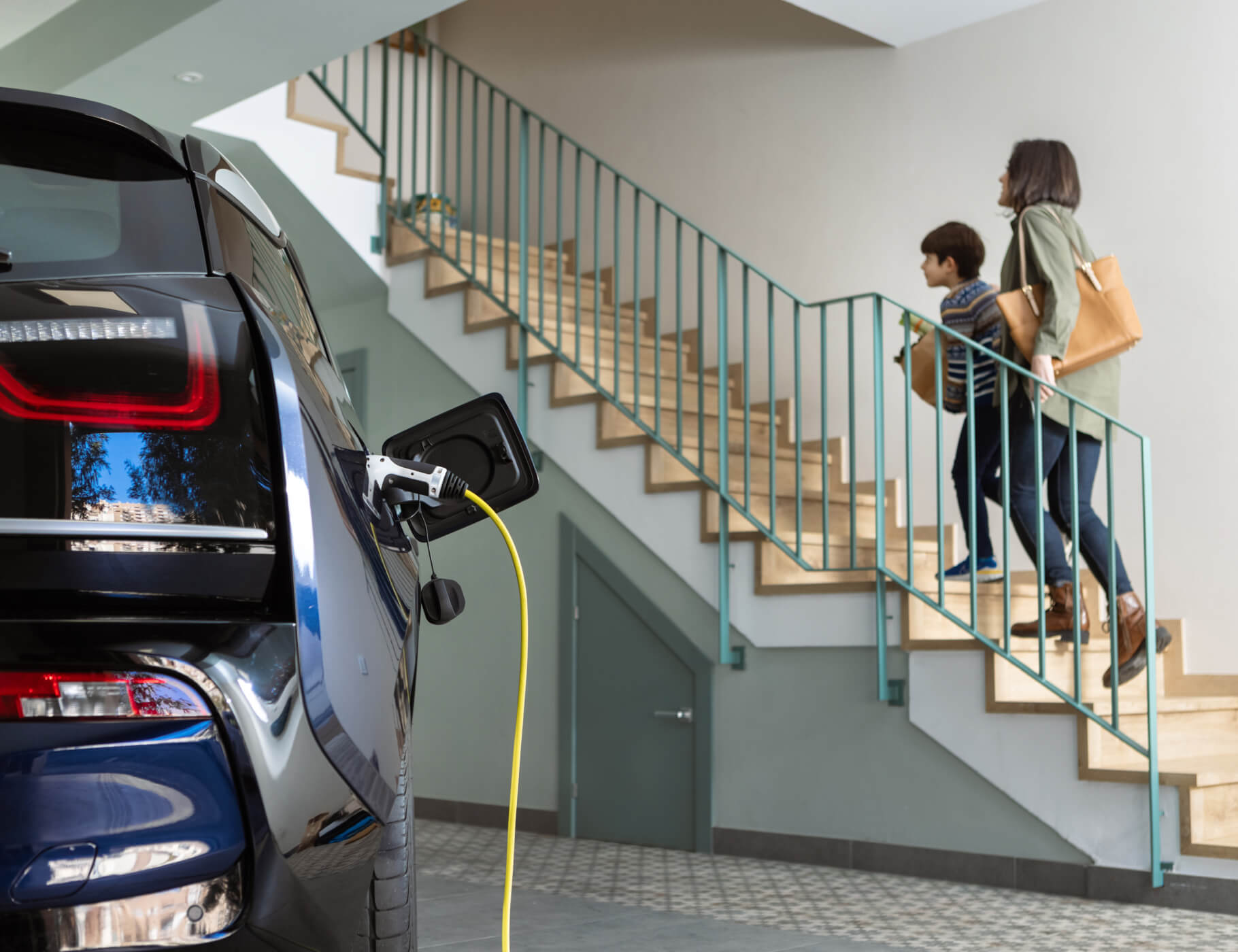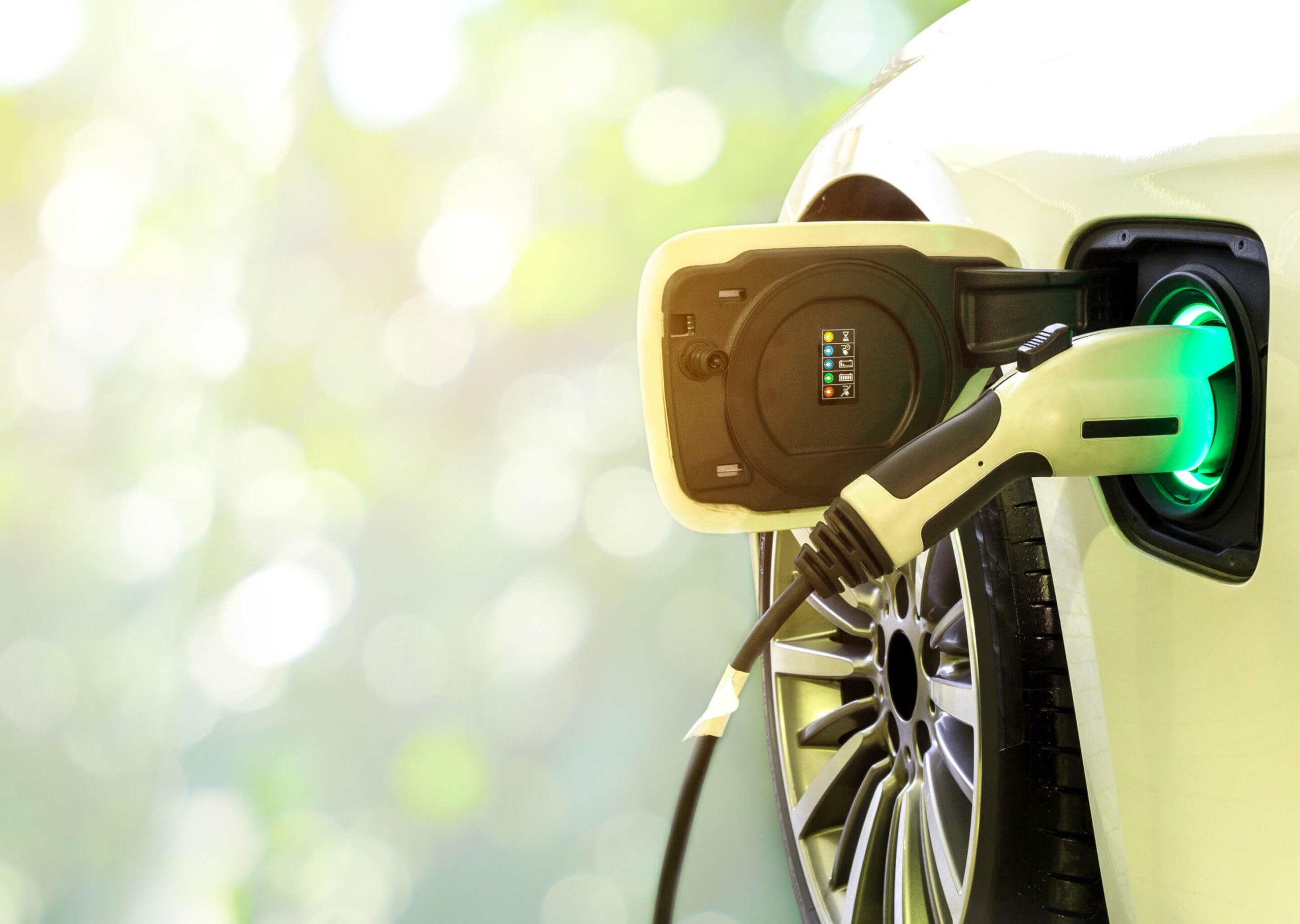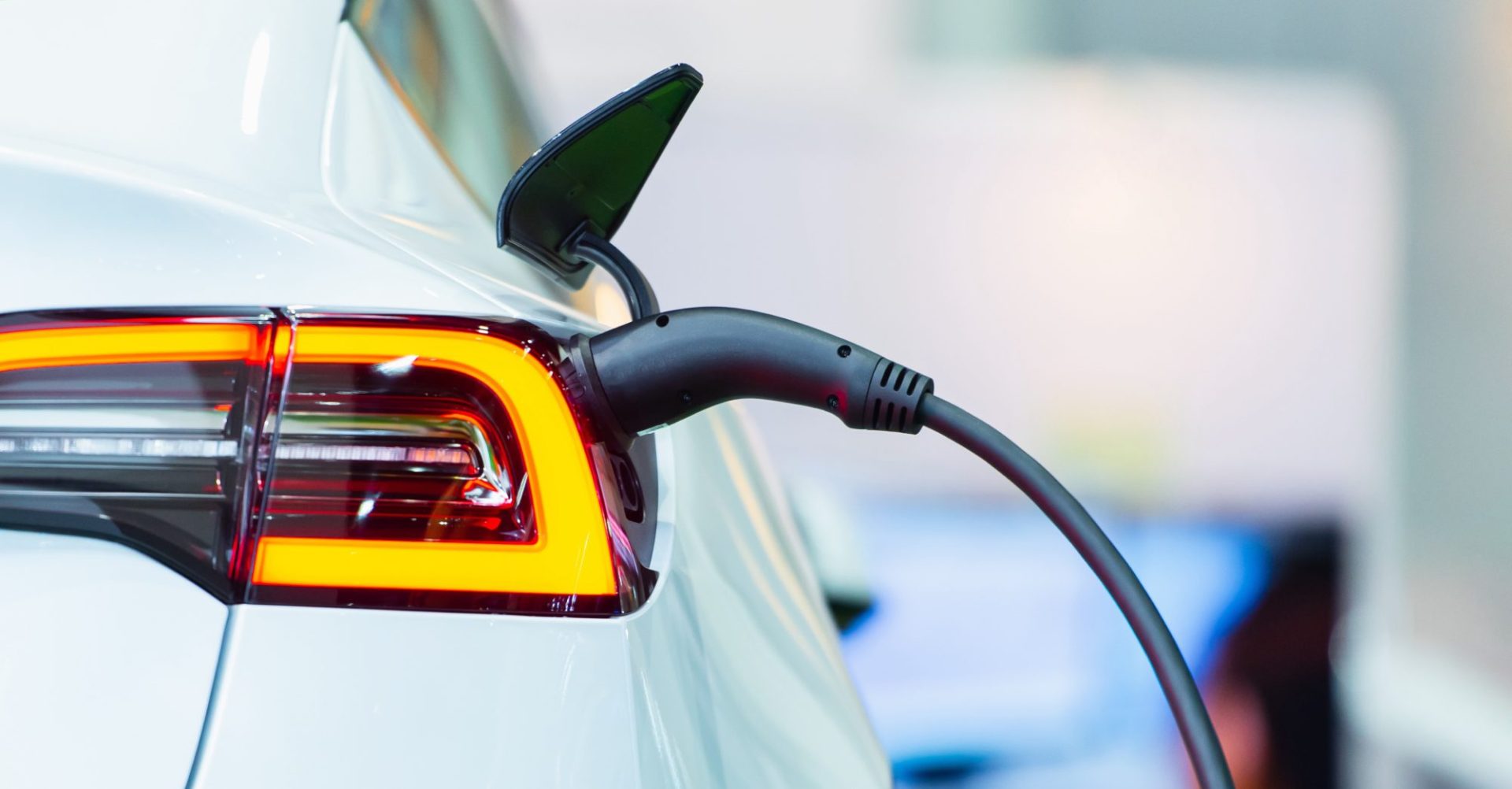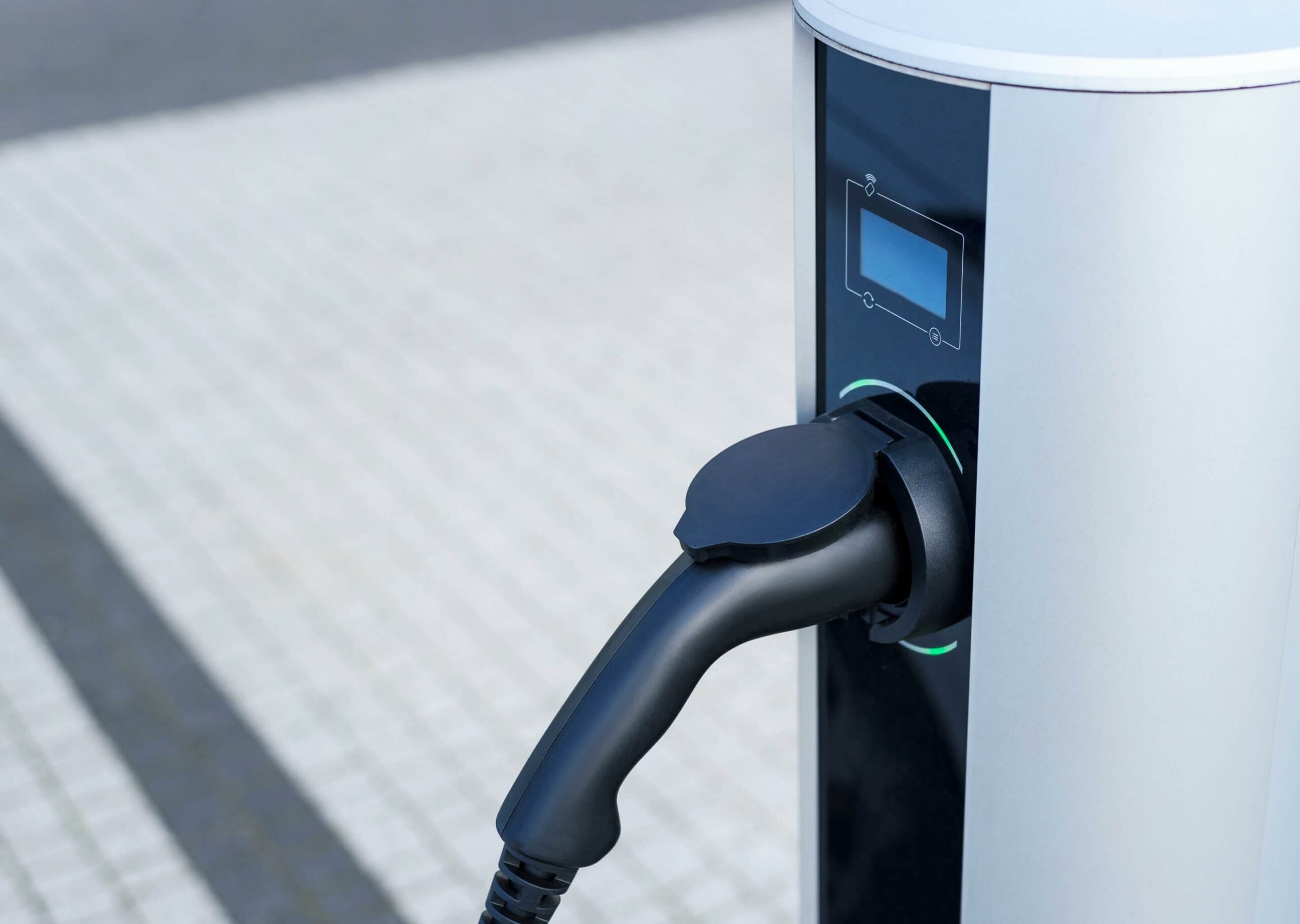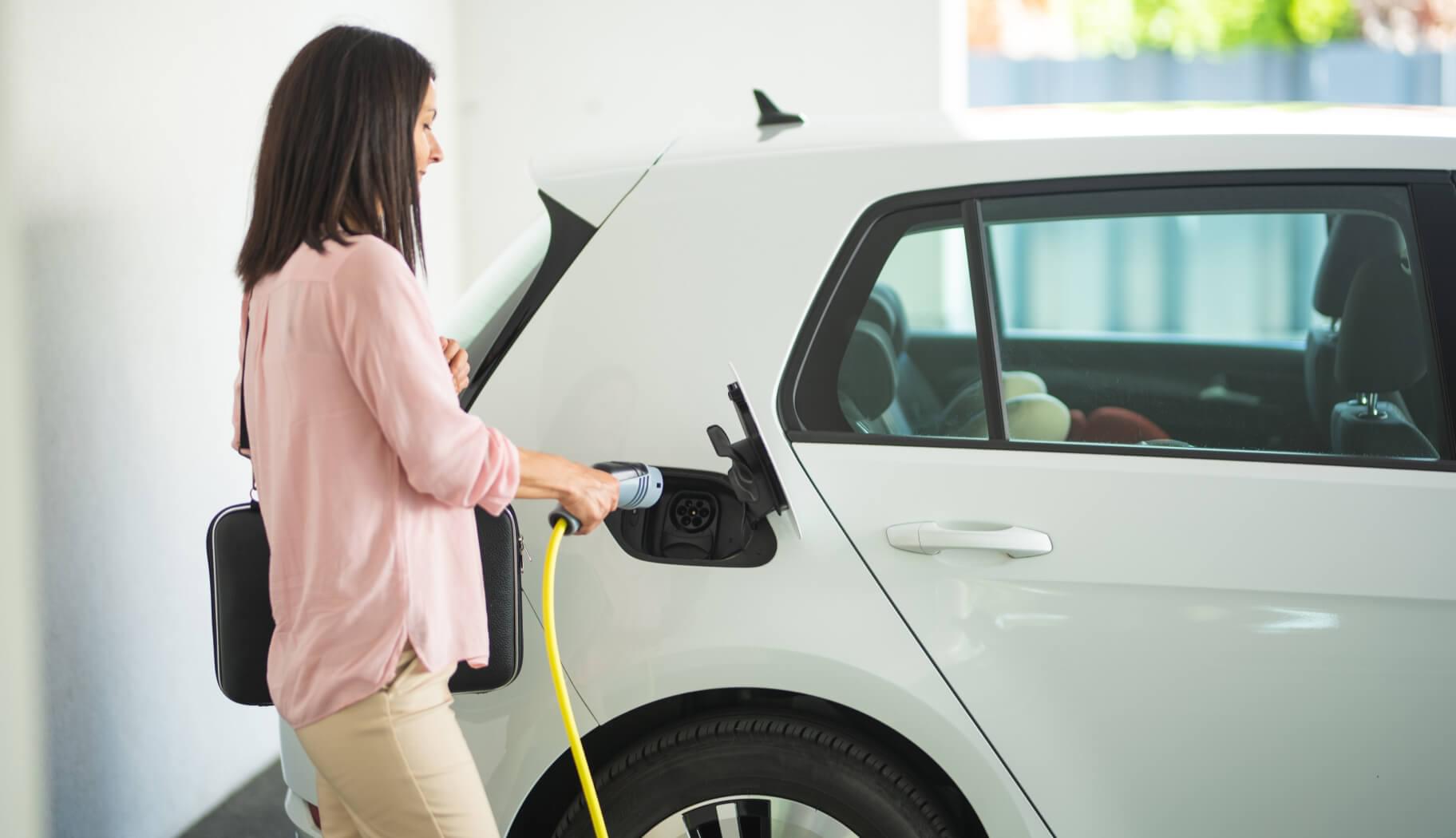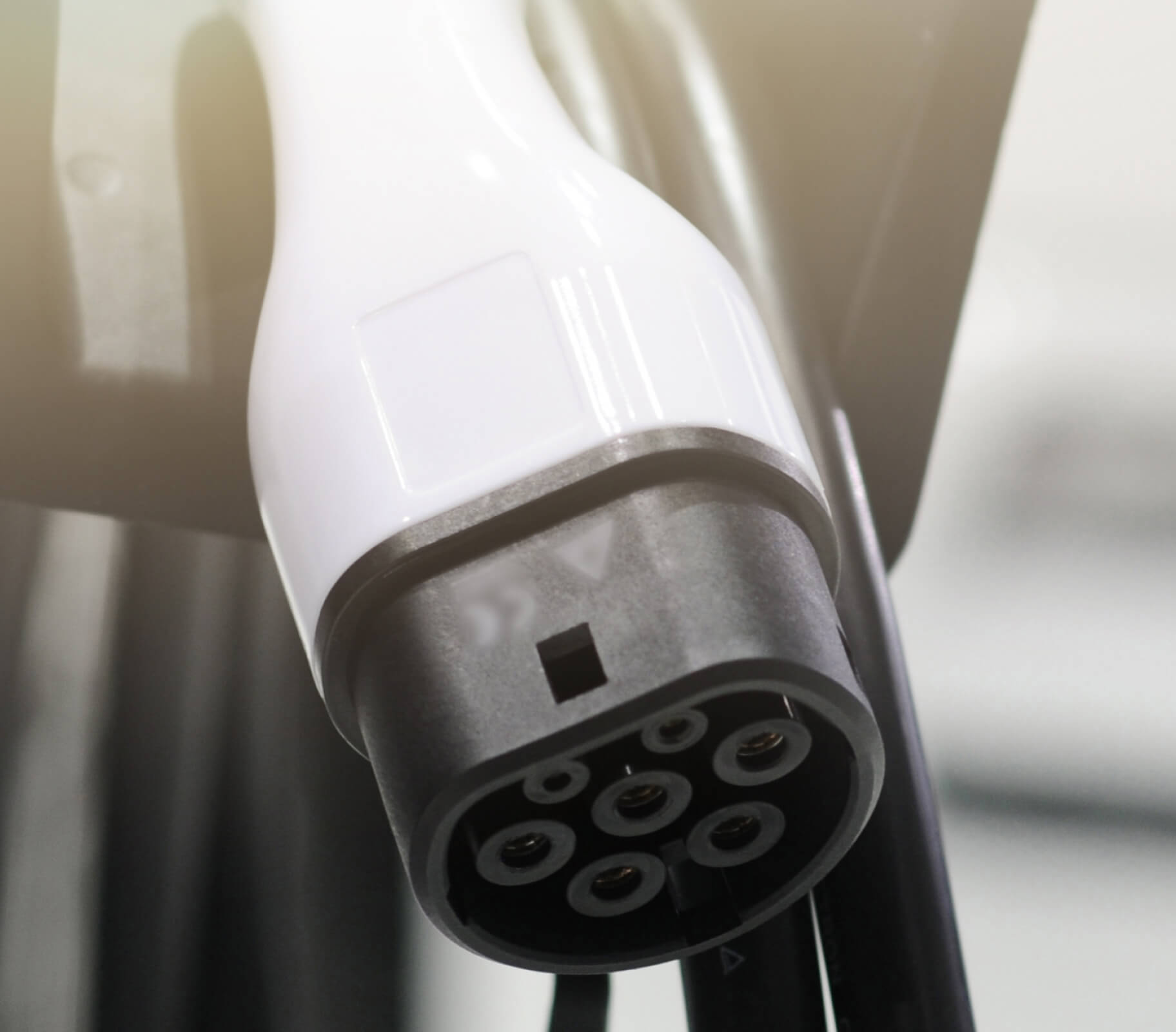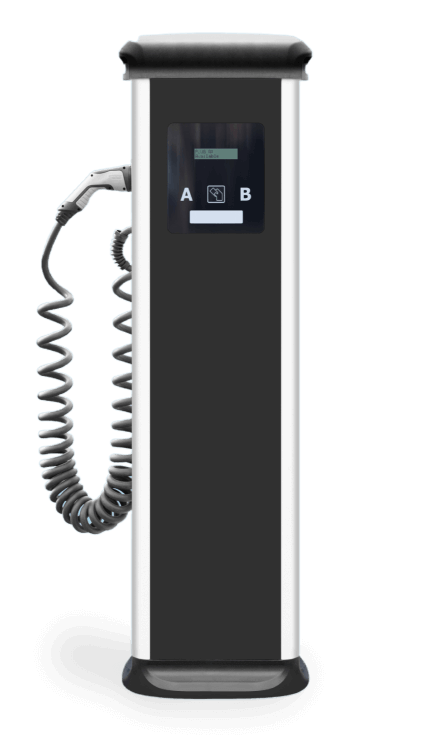LET’S TALK
ELECTRIC VEHICLES (EVs)
There’s a lot of hype around electric vehicles (EVs) right now. But there are also a lot of questions about their performance, reliability and how they actually fit into your everyday life. At Public Service Company of Oklahoma, we want to provide you with answers to your EV questions, so you can make informed decisions. So, take an educational journey with us. It’ll be electrifying.



